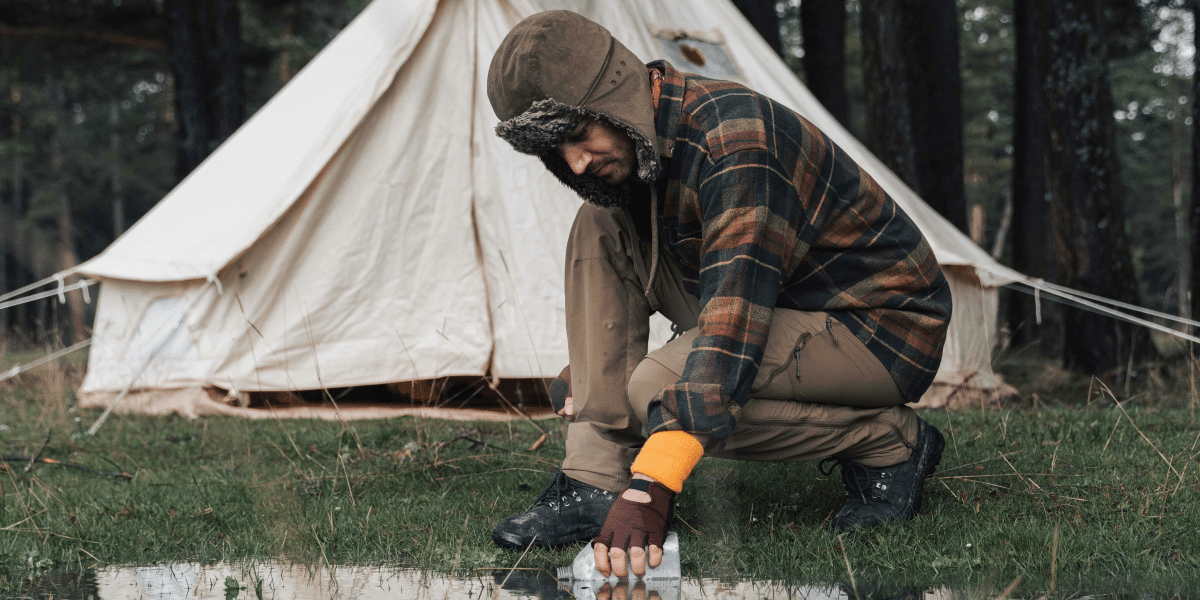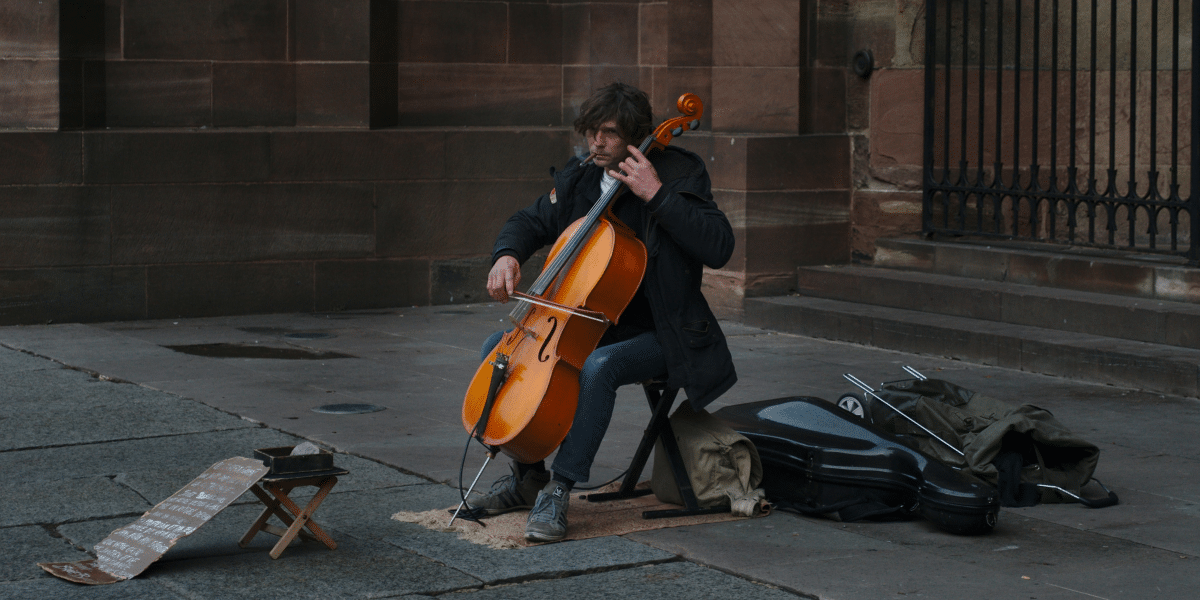By Michael Beas
Explore the fascinating world of author Robert DeMayo, whose career spanning eight novels has been driven by his experiences promoting educational travel and leading tours in far-flung locations throughout the world. DeMayo’s experiences have influenced his narrative, ranging from his early days organizing special trips for Eos Study trips—where he saw beluga whales in Hudson Bay and ventured below the surface of the Titanic—to his travels as a tour guide in Alaska, the Yukon, and Arizona. After leaving the exciting field of guiding to pursue a career in full-time writing, DeMayo finds inspiration in his interactions with cowboys, Native Americans, and historical characters such as General Custer and Crazy Horse. His books take readers on a fictional trip filled with the spirit of exploration and adventure, from historical fiction mysteries set in places like Sedona and Kenya’s Maasai Mara to road tales that evoke the spirit of travel. By skillfully fusing reality and fiction, DeMayo takes readers on a literary journey that defies categorization and time, crafting captivating stories that envelop readers and take them to enigmatic locales and historical periods.
Can you tell us about your time marketing for Eos Study Tours and the unique travel opportunities it offered?
Eos Study Tours, an organization specializing in educational travel, curated exclusive tours for non-profit entities, featuring their own members as lecturers. Through Eos, I had the privilege of observing beluga whales in Hudson Bay, attending an elephant festival in Jaipur, India, and visiting a rainforest observation platform in the Panamanian rainforest. While many of these tours were considered high-end and fell outside of my budget, they provided me with the opportunity to be a part of exhilarating experiences such as deep sea dives to the Titanic and Bismark, Antarctic voyages, African safaris, and archaeological tours across the globe. The money generated by the tours went into conservation efforts. My job allowed me to engage with genuine explorers and esteemed institutions like The Explorers Club, The American Geographical Society, and The Archaeological Institute of America. Working with these organizations not only enriched my understanding of the world but also fostered a profound appreciation for modern exploration, particularly its emphasis on conservation—a cause I am proud to support.
What inspired you to work as a tour guide in Alaska, the Yukon, and Arizona, and how did that experience influence your writing?
Following the 9/11 tragedy, my wife and I, both working in high-end tourism, faced the swift collapse of the industry, leading to our unemployment. Having relocated to a remote corner of New Hampshire for these jobs, we found ourselves with limited employment prospects. Faced with this challenge, we made the bold decision to drive to Alaska with our two young daughters—aged 9 months and 2 years. We arrived in Alaska with an empty tank and no money but somehow found jobs as tour guides. While initially, I grappled with feelings of being a failure as a father, soon I was on a horse in the Yukon, staring at a grizzly bear, and to be honest, I couldn’t believe someone was paying me to do it. Three times in my life, I’ve had the carpet pulled out from underneath me, and each time, although it felt like the end of the world, it was the best thing that could have happened to me.
As the general manager of a jeep tour company, what were some challenges you faced, and what lessons did you learn?
Cowboys don’t like to be wrangled. There were a few older guides who were reluctant to comply with new safety regulations, such as not carrying bullets in their guns because there were children on some of the tours. I tried to be patient with them because it seemed they were trying to hold on to traditional practices. Other things I never thought I’d do include slowly pealing a gopher snake out of a printer and watching old westerns on rainy days with a room full of native Americans—all from different tribes—who debated constantly on the real ethnicity of the actors playing the Indians.
What made you decide to transition from the guiding world to focus on writing full-time?
I found my passion in guiding tours. I’m a storyteller, after all. The more I learned about places like Southeast Alaska, the Yukon, or Arizona’s Verde Valley, the more they seemed to come alive for me. The crew was a mix of native Americans and cowboys, many with deep roots in history. I’ve worked with descendants of legendary figures like Skookum Jim, General Custer, Crazy Horse, Pat Garrett, Kit Carson, and many of Sedona’s early settlers. I loved getting up for a pre-dawn game-viewing tour where I could take people to places I knew, or park on a hill in the western canyons during the monsoon to watch a thunderstorm roll across the valley. When I moved into management, I had a more secure job, but it wasn’t as fun.
Can you provide an overview of the themes and inspirations behind your eight novels?
Bruce Chatwin, the British travel writer, was one of my earliest inspirations. His writing masterfully blended fact with fiction, capturing not only the essence of a place but also the traveler’s experience of disorientation and discovery. My own novels, four of which are road narratives, have been compared to actual travel experiences—offering the thrill of exploration without the associated hardships. My goal is to provide a vicarious journey that’s both engaging and enlightening.
I also delve into historical fiction and mysteries, drawing inspiration from captivating locales such as Sedona, northern Maine, and Kenya’s Maasai Mara—places that hold a special fascination for me. Additionally, my historical fiction narratives center around intriguing individuals, including a young Theodore Roosevelt, Everett Ruess and Michael Fomenko. These characters and settings have provided me with a rich tapestry for my literary explorations, allowing me to weave tales that transport readers to bygone eras filled with mysterious landscapes.
Check out Robert Louis DeMayo’s work today!
Published by: Holy Minoza












